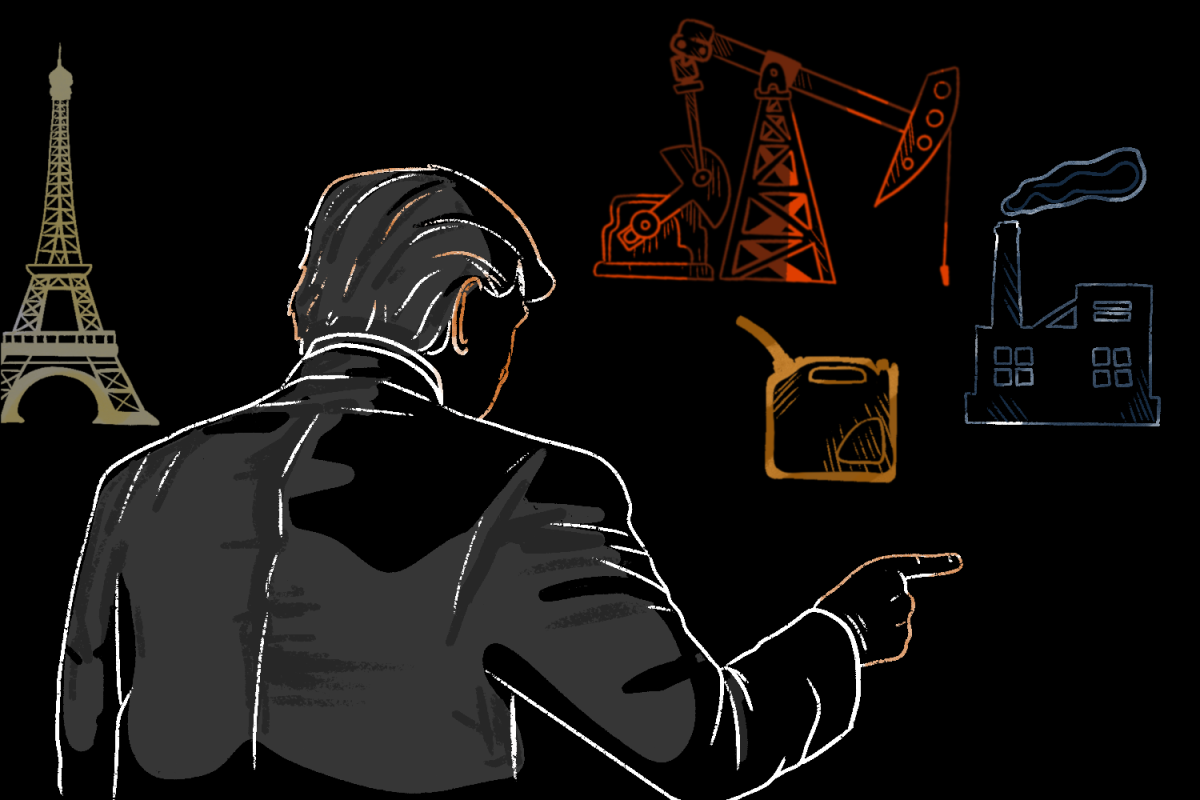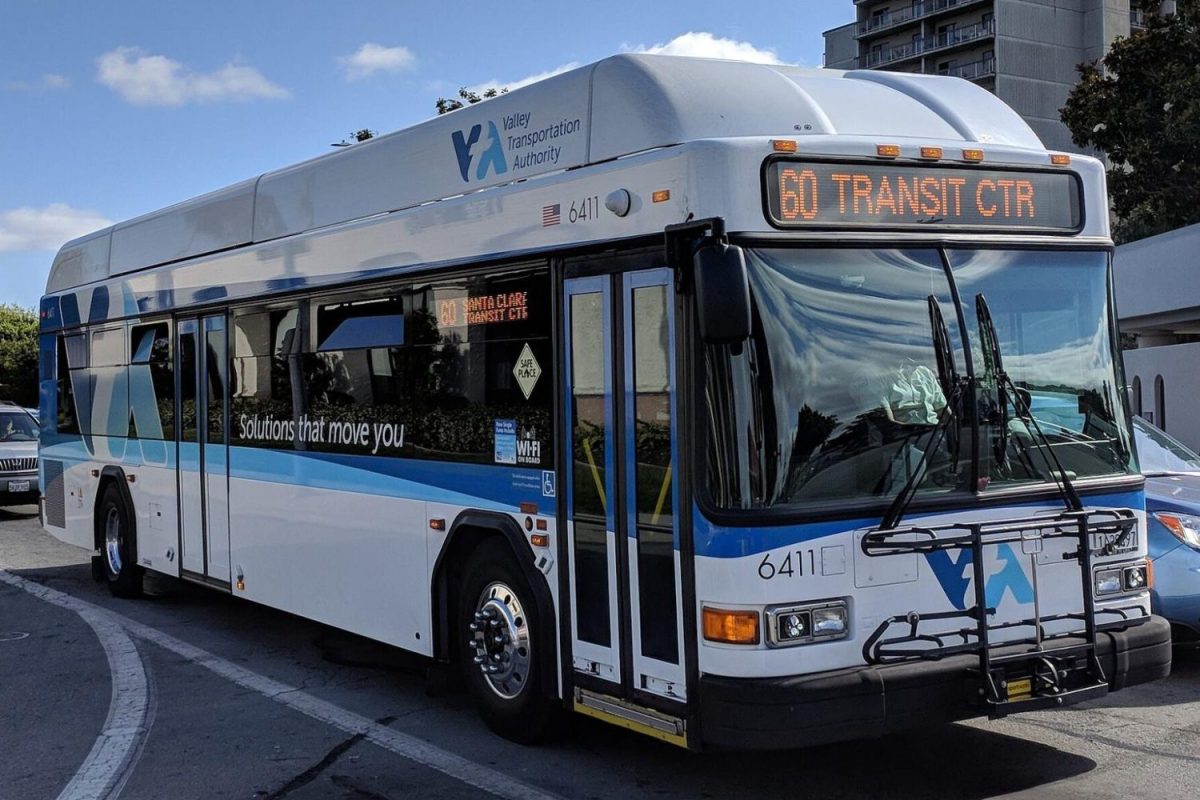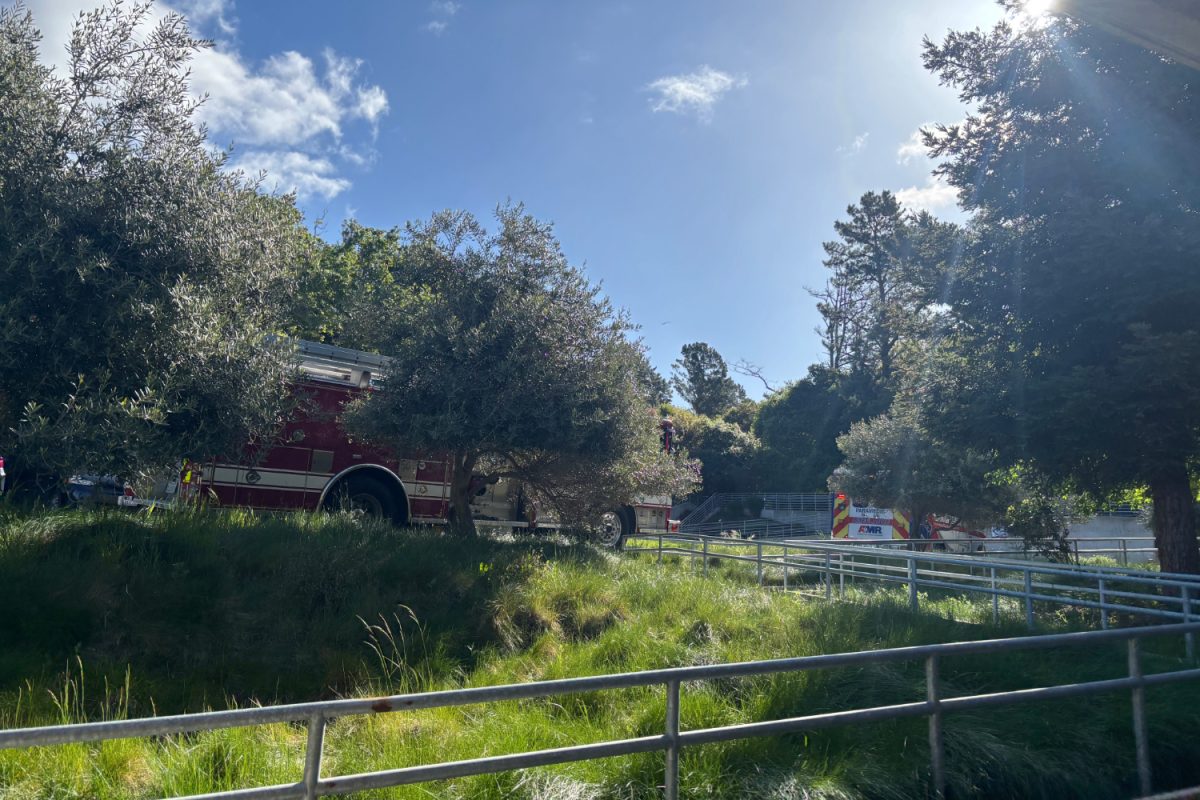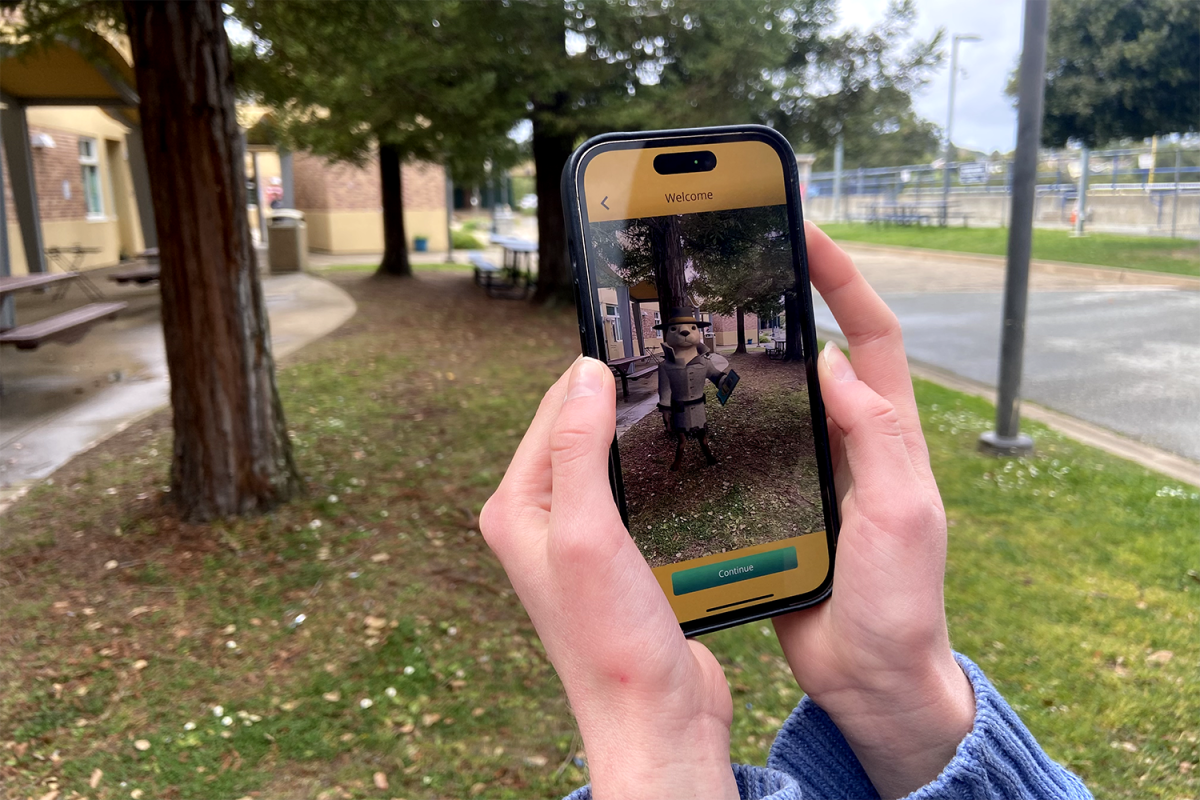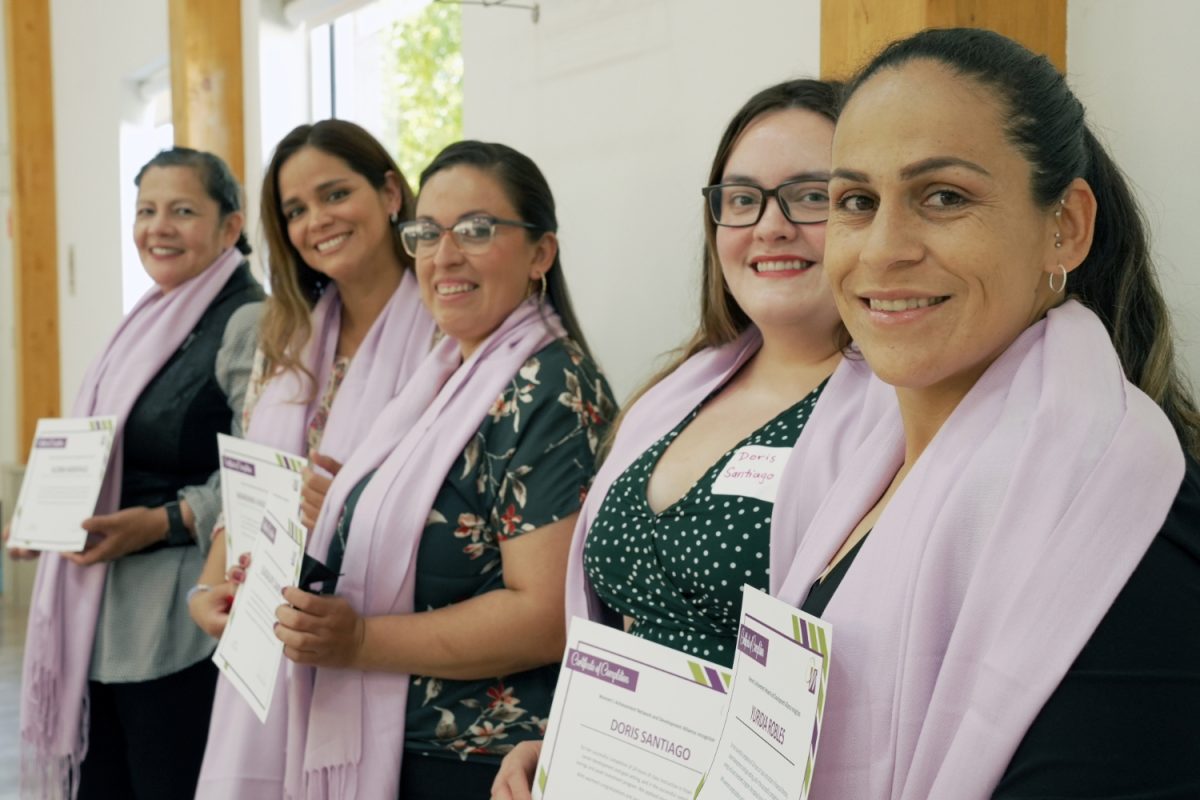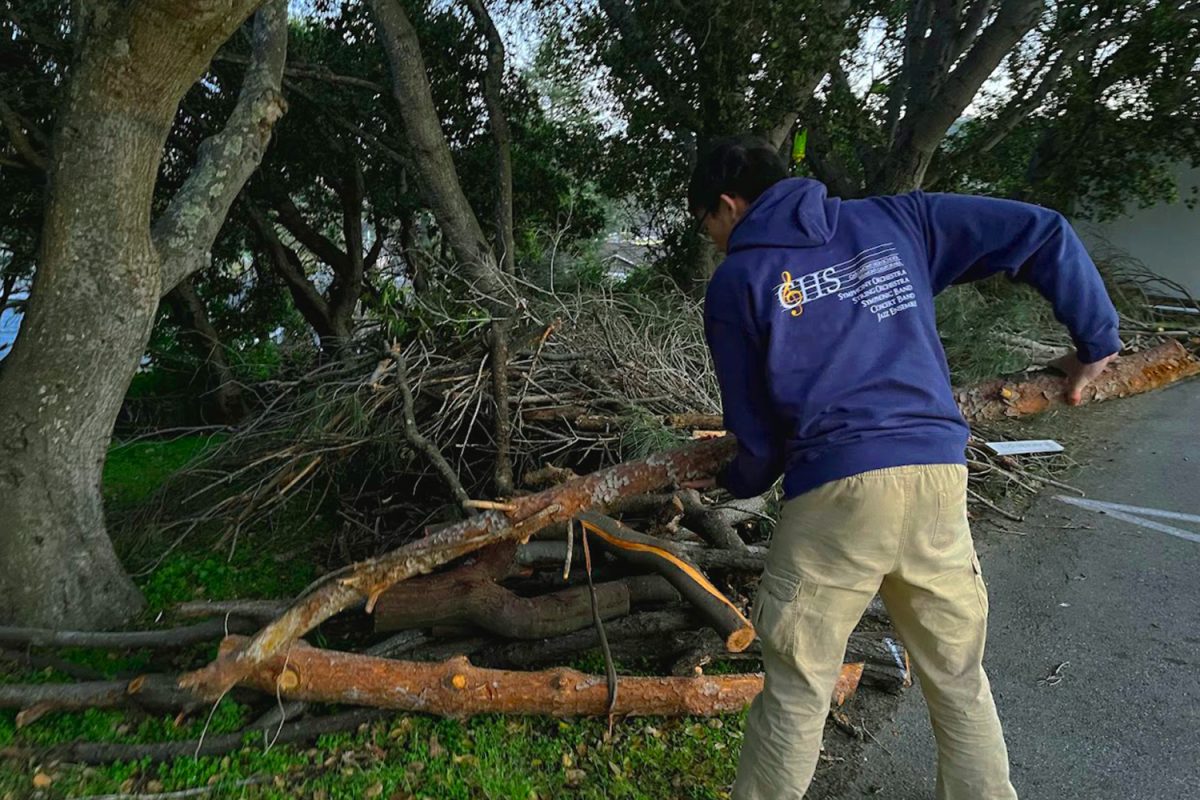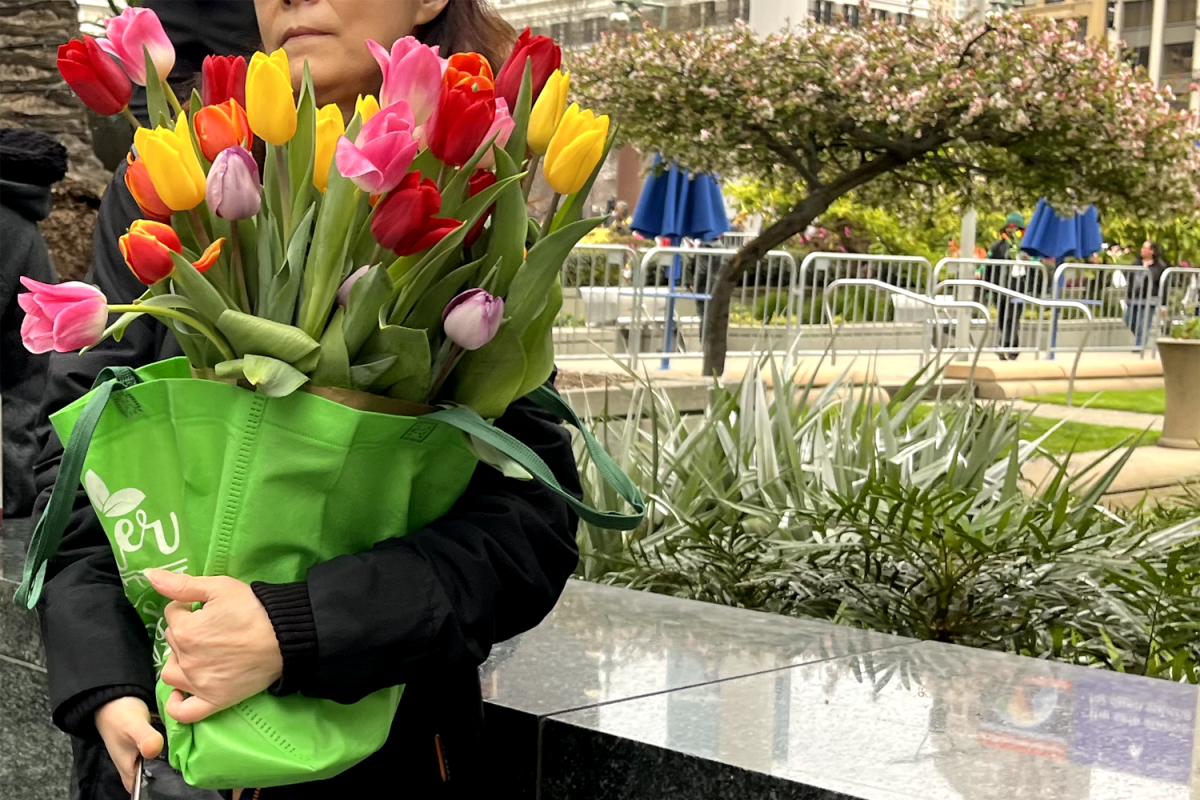Since his return to office, President Donald Trump has signed over 50 executive orders, including a series of climate-related decisions aimed at revoking policies enacted by former President Joe Biden.
Amidst global temperature rise — 2024 was the warmest year on record, according to the National Oceanic and Atmospheric Administration (NOAA) — Trump’s drastic actions have generated significant concern among environmentalists and the public, particularly the younger generation.
According to AP News, among Trump’s most notable decisions relating to climate and the environment are withdrawing from the Paris Agreement, declaring an energy emergency to expand oil and gas production, and opening protected Arctic areas for drilling. He also seeks to repeal a non-binding goal set by Biden to have electric vehicles account for half of new car sales by 2030.
With the future of the planet in their hands, many young people worry that this political shift will make it challenging to reverse course toward climate action.
“The biggest issues with the executive orders is that they take the focus off of sustainable practices. It’s a problem because, with our current state, we have all the solutions to climate change laid out in front of us, like clean energy and electric cars. We have these things; they just have to be properly implemented. These executive orders are the last barrier to making a difference since we already know how to create a sustainable future,” said Tara Krishnan, a senior at Carlmont High School and co-president of Green Team.
Green Team is one of the leading groups of green initiatives on Carlmont’s campus, working to increase student awareness of waste management through projects like a produce garden and climate literacy integration.
According to Krishnan, youth engagement in climate activism is particularly high in California due to the state’s vulnerability to climate change-induced problems.
“Because of where we live, we’re prone to problems like drought and wildfires. As a whole, I think there’s more media coverage about climate change now, and we’re starting to see the effects more than past generations did. Because of that, people are able to see how real the problem is, and a lot more people are getting involved,” Krishnan said.
Donovan Dooley, a senior with an interest in environmental science and an athlete that enjoys trail running, believes that recent policy changes have increased his appreciation for previous environmental action.
“I think through these policies, I learned more about the momentum and progress we were going towards. By reversing it a little, my appreciation for what we’ve been trying to do has increased. It’s still early, so it’s hard to see the direct impact. One thing I’ve learned from trail running over time is that the environment is delicate, and it’s hard to see changes immediately,” Dooley said.
Some worry that Trump’s decision to withdraw from the Paris climate agreement, reminiscent of his 2017 announcement, could set a global precedent that weakens international climate action. The agreement aimed to keep global temperature rise below 2 degrees Celsius this century by reducing greenhouse gas emissions and holding participating countries accountable through nationally determined contributions.
“It took a lot of larger GDP nations, and they each set regulations on their own nation. The agreement wasn’t a universal policy that they all had to do; they needed to set regulations on their own carbon emissions,” Dooley said.
Because the United States is one of the largest carbon emitters in the agreement, some fear that its withdrawal may erode regulations on emissions and diminish global efforts to combat climate change.
“The U.S. emits the most carbon among the members in that agreement,” Dooley said. “So withdrawing from it is, in my opinion, not very good. For one, there will be fewer regulations on carbon being emitted into the environment. And two, it signals to other nations that maybe they don’t need to stay in the agreement, which feels like an international setback.”
Others argue that the previous administration’s approach to climate action failed to consider the nuances of achieving a sustainable future, particularly in areas like electric vehicle adoption.
“Biden’s goals for electric vehicles was ahead of technology. It had to be heavily subsidized, and therefore, it doesn’t work for the broad economy. Personally, I love my electric car — it’s wonderful for me and the environment. That said, the infrastructure for electric cars isn’t there. You can’t mandate that everyone switch to electric vehicles until you have ways to charge cars for the mass market,” said James Bohac, the engineering and green technology teacher at Carlmont High School.
However, Bohac emphasized the need for a less polarized approach to green alternatives.
“There needs to be a balance. With Trump, we’ve swung from an overly ambitious plan to rapidly transition to electric vehicles to now neglecting electric options altogether. We need to find a compromise somewhere in the middle,” Bohac said.
When it comes to federal environmental policy, Dooley stresses the importance of a gradual yet deliberate transition from fossil fuels to clean energy.
“We can’t fully transition away from fossil fuels. I think it needs to be something that’s very gradual, unless the economy is prepared to respond well. That’s why we have these electric vehicle incentives to help us slowly move away from producing gas-powered cars, and in turn, our reliance on importing or domestically farming oil,” said Dooley. “What we need to do in regards to policy is more taxes on oil and fewer taxes on renewable electricity production.”
Krishnan echoed his idea, advocating for economic measures like a carbon tax to push for change.
“I think a federal carbon tax would really help. I know it’s a controversial topic because many people worry it would unfairly impact lower-income communities, which is a real concern that needs to be addressed. However, there are many reasons why a carbon tax could effectively mitigate climate change. Of all the potential solutions, it has one of the biggest impacts,” Krishnan said. “I think governments should prioritize policies that focus on lowering carbon emissions on a large scale.”
To reduce the effects of climate change on a local level, Dooley recommends getting involved in volunteer groups dedicated to natural preserves. He is part of a group called the Weed Warriors with the Friends of Edgewood, where once or twice a week, they work to remove invasive species from the Edgewood Natural Preserve.
“Our goal is to remove all the invasive species at the preserve. Invasive species hurt the biodiversity of the area because they reduce the resilience of the ecosystem by outcompeting native plants and animals,” Dooley said. “It’s a good way to help our local area. If you’re not interested in that, starting a club at your high school is a great way to get involved too.”

